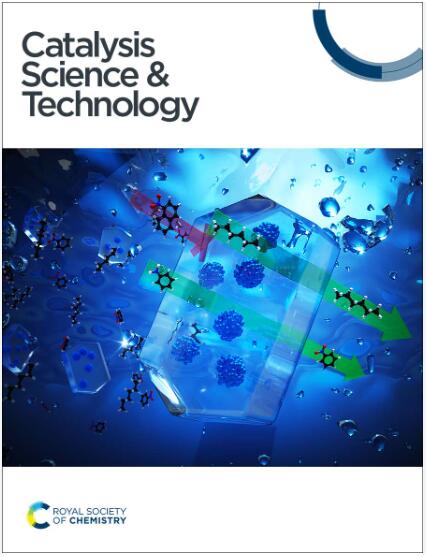g-C3N4-modified BiOCl as a visible light catalyst and its enhanced photocatalytic degradation/sterilization performance†
IF 4.4
3区 化学
Q2 CHEMISTRY, PHYSICAL
引用次数: 0
Abstract
In an effort to tackle the disadvantages of the narrow photo-responsive range and easy recombination of carriers in BiOCl materials, a simple calcination strategy was adopted to modify BiOCl with g-C3N4. BiOCl/g-C3N4 nanoplates with a high specific surface area (48.11 m2 g−1) and visible photoresponse were obtained. When BiOCl/g-C3N4 (mass ratio: 10 : 2) was used, the degradation rate of RhB exceeded 90% within 10 min, while the degradation of MO was completed within 3 h. In addition, 91.35% of the sulfur-oxidizing bacteria could be eliminated. The sheet-to-sheet intercalation structure formed between g-C3N4 and BiOCl not only led to an increase in specific surface area but also facilitated electron transfer and carrier separation through the BiOCl/g-C3N4 heterojunction. In addition to these experimental evidence, the efficient utilization of solar energy and remarkable separation of photogenerated carriers, confirmed by energy band regulation and significant electron accumulation in the heterojunction (as provided by DFT calculations), contribute to the superior catalytic performance of the BiOCl/g-C3N4 heterojunction.

求助全文
约1分钟内获得全文
求助全文
来源期刊

Catalysis Science & Technology
CHEMISTRY, PHYSICAL-
CiteScore
8.70
自引率
6.00%
发文量
587
审稿时长
1.5 months
期刊介绍:
A multidisciplinary journal focusing on cutting edge research across all fundamental science and technological aspects of catalysis.
Editor-in-chief: Bert Weckhuysen
Impact factor: 5.0
Time to first decision (peer reviewed only): 31 days
 求助内容:
求助内容: 应助结果提醒方式:
应助结果提醒方式:


